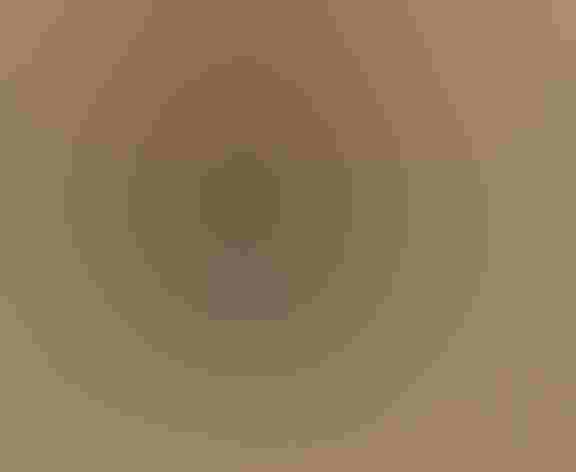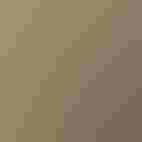Lark Bunting
At a Glance
On the western plains in early summer the male Lark Bunting is impossible to overlook, as it flutters up from the grass to deliver its varied flight song. In winter, when males and female alike are patterned in streaky brown, the species is more subtle. Winter flocks of Lark Buntings occur in dry open fields, where they suggest chunky, big-billed sparrows. When they fly, however, in compact flocks sweeping low over the ground, some of them will flash patches of white or buff in the wings.
All bird guide text and rangemaps adapted from Lives of North American Birds by Kenn Kaufman© 1996, used by permission of Houghton Mifflin Harcourt Publishing Company. All rights reserved.
Category
New World Sparrows, Perching Birds
IUCN Status
Least Concern
Habitat
Desert and Arid Habitats, Fields, Meadows, and Grasslands, Shrublands, Savannas, and Thickets
Region
California, Eastern Canada, Great Lakes, Mid Atlantic, New England, Plains, Rocky Mountains, Southwest, Texas, Western Canada
Behavior
Direct Flight, Running
Population
12.000.000
Range & Identification
Migration & Range Maps
Fall migration begins very early, with some appearing south of the breeding range by late July; some linger in wintering areas into May. Migrates in flocks.
Description
6-7 1/2" (15-19 cm). Summer male black with white wing patches. Females and all winter birds like very chunky, short-tailed, big-billed sparrows, with pale wing patches. In winter flocks, note contrasty pattern, dark underwings in flight.
Size
About the size of a Robin, About the size of a Sparrow
Color
Black, Brown, Gray, White
Wing Shape
Pointed
Tail Shape
Notched, Rounded, Square-tipped
Songs and Calls
A canary-like song with loud bubbling sequences and trills interspersed with harsher notes. Call is a 2-note whistle.
Call Pattern
Complex, Flat
Call Type
Buzz, Chirp/Chip, Rattle, Trill, Whistle
Habitat
Plains, prairies. Breeds mostly on native shortgrass prairie; also on sagebrush plains with understory of grass and weeds. During migration and winter, found in many kinds of open country, including prairies, agricultural fields, desert grassland, weedy vacant lots.
Sign up for Audubon's newsletter to learn more about birds like the Lark Bunting
Behavior
Eggs
4-5, sometimes 3-7. Pale blue to greenish blue, usually unmarked, sometimes dotted with reddish brown. Incubation is mostly by female (male may help at times), 11-12 days.
Young
Both parents feed the nestlings. Young probably leave the nest about 9 days after hatching. 1 brood per year, sometimes 2.
Feeding Behavior
Forages mostly while running and walking on the ground, picking up items from soil or from plant stems. After flushing insects from ground, will pursue them in short flights. During migration and winter, almost always feeds in flocks, sometimes loosely associated with other seed-eating birds.
Diet
Mostly insects and seeds. Summer diet is predominantly insects, especially grasshoppers, also beetles, true bugs, bees, ants, and many others. Also eats many seeds, especially in winter, mainly those of weeds and grasses, also some waste grain.
Nesting
Arrives on breeding grounds in flocks, then flocks break up and males set up territories. In courtship, male performs a flight song display: flies up to 20-30' above ground, then floats or flutters back to ground on outstretched wings, while singing. One male may have more than one mate. Nest site is on ground in grassy area, usually sheltered or protected by overhanging grass or weeds. Often sunken in small depression in soil, so that rim of nest is level with ground or only slightly above it. Nest is an open cup made of grass, weeds, rootlets, lined with fine grass, plant down, animal hair.
Conservation
Conservation Status
It was extremely common at one time; it has lost ground as prairies have been converted to farmland, and urbanization has spread. Still common, but surveys suggest declines in recent decades. Numbers vary widely from year to year in many areas, making it difficult to monitor populations.
Climate Threats Facing the Lark Bunting
Choose a temperature scenario below to see which threats will affect this species as warming increases. The same climate change-driven threats that put birds at risk will affect other wildlife and people, too.






